The French version of this article remains available by clicking here
Put forward by society and public authorities as solutions to environmental problems, bioplastics would be innovative alternatives on which to invest. However, did you know that bioplastics are not as recent in the history of the industry as one might think and that these polymeric materials already existed almost two centuries ago?
Produced as early as the middle of the 19th century, these bioplastics were gradually dethroned by plastics derived from fossil resources such as oil. But for what reasons?
Today we take a look back at two hundred years of research and innovation in the plastics industry.
Preamble
Since time immemorial, man has sought to shape matter and give it unique properties to enable it to achieve specific applications. Among these materials, plastics have appeared since the 19th century as materials of choice, able to claim various functional properties, whether mechanical, thermal or acoustic, among others.
Plastics are organic materials (i.e., composed of organic molecules) that can be produced from renewable natural resources (such as plant or animal matter) or non-renewable resources (such as oil, natural gas, coal). Different additives (organic or mineral) are very often included in the formulation of a plastic object, allowing it to achieve more assertive or differentiated properties. The term plastic is therefore a very generic and global term, referring to a wide range of synthetic or semi-synthetic materials, which can be used for a variety of applications in our daily lives.
The term plastic is actually an adjective specifying that the material in question can be melted and molded to achieve desired shapes, designs and therefore applications. Strictly speaking, we should therefore speak of plastics (which scientists still prefer to refer to under the correct terminology of polymeric materials).
These plastic materials are often assimilated to modern materials related to elements of our daily life such as our packaging (food or not), the components of our cars or planes, the soles of our shoes, etc. It is clear that there is no longer a single sector of our lives that escapes plastics. In 2018, it was estimated that the annual global production of plastics, all categories combined, amounted to 359 million tons. It was about 64 million tons in Europe in 2018 (a value that seems more or less constant over the last 20 years). Nearly 40% of this plastics production is destined for the packaging sector (food and non-food), followed by the construction sector (19.8%), transport and automotive (9.9%) and electronics (6.2%) (Figure 1).[1]
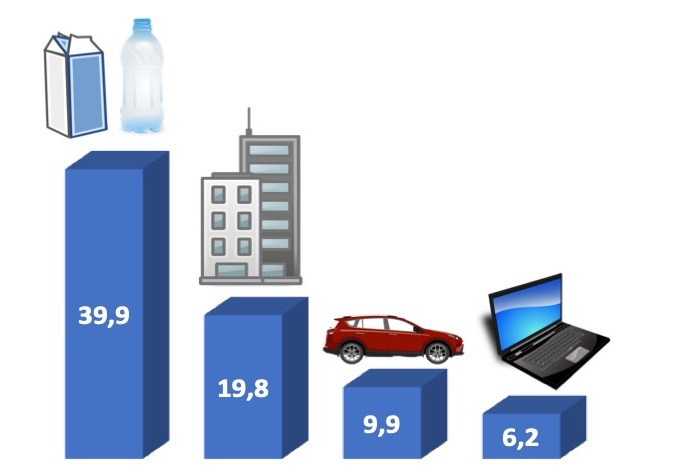
Figure 1. Breakdown of plastics production across the 4 largest market segments (base year 2018).
Cumulative plastics production since the advent of the plastics industry (dating back to the 1950s) is estimated to reach a record 8.3 billion tons!!! Of these 8.3 billion tons of plastics generated since the 1950s, it is estimated that nearly 2.5 billion tons (or 30%) are still « in use », in our daily lives, our cities or our industries. This includes, but is not limited to, plastic materials used in construction, the automotive industry, and in the production of certain everyday objects (furniture parts, etc.) (Figure 2).
However, the majority of this production (70%) has evolved towards distinct life ends, including incineration for energy production, landfilling and/or treatment of these materials at the end of their life through appropriate recycling channels. If landfilling and/or accumulation in the environment remains one of the most marked end-of-life pathways for plastics, it is worth mentioning that this is because incineration and recycling are two much more recent tools in the history of plastics waste treatment (1980s). The alarmist figures of traces of plastics in the environment (including microplastics) are therefore partly based on remnants of « pre-1980s » plastics (which are still found in ecosystems; older plastics, not often biodegradable, would take several decades or centuries to degrade).[2]
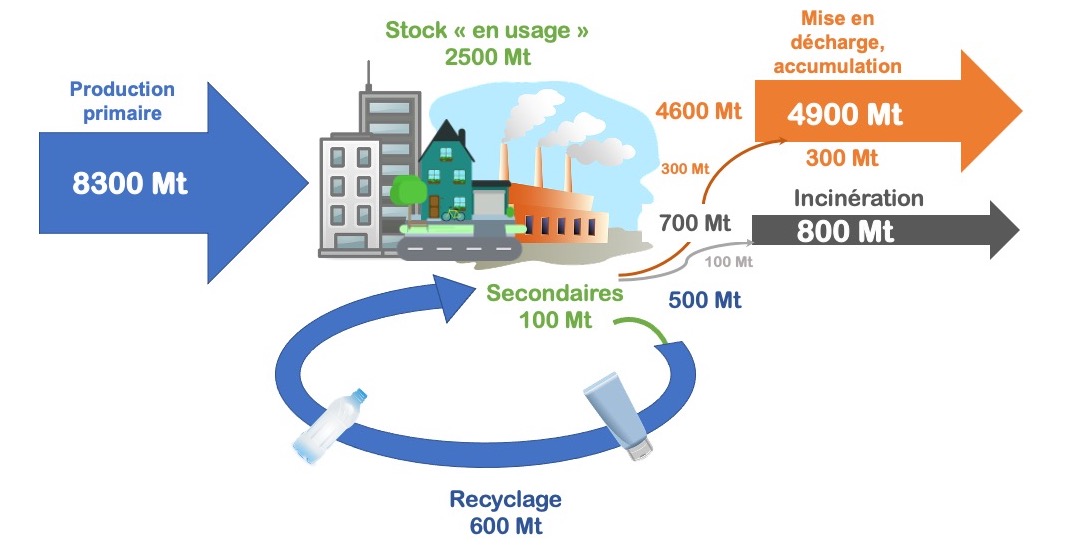
Figure 2: Illustration of the fate of plastics since their industrial mass production in the 1950s.
The first plastics were made from renewable resources
Faced with the facts and figures presented in Figure 2, and given the growing consumer demand for more environmentally friendly products, research (both in universities and in industry) has been directed since the 2000s towards the design of plastic materials produced from renewable plant materials, as substitutes for fossil inputs including oil.[3]
If this option seems attractive on paper, it should be mentioned that the use of renewable resources to synthesize plastics goes back several centuries. Already in the 15th century BC, the Egyptians empirically produced sticking agents from gelatin or albumin, two proteins derived from renewable resources (respectively animal and vegetable). As for the Mesoamericans, they were already using natural rubber, extracted from the rubber tree, to make religious statuettes. The use of bovine horns, treated with a strong base, is mentioned in the Middle Ages for the production of certain parts for the design of lanterns.
If this use of renewable resources for the production of plastic materials has been in force for centuries, the turning point in the « chemistry of polymeric materials » will be in the first half of the 19th century with Charles Goodyear (Figure 3). This American chemist invented, completely by accident, the process of vulcanization, which cross-links liquid natural rubber to transform it into a stable and solid plastic material. This invention marks the beginning of the production of materials that are stable over time, functional and with improved properties.[4]
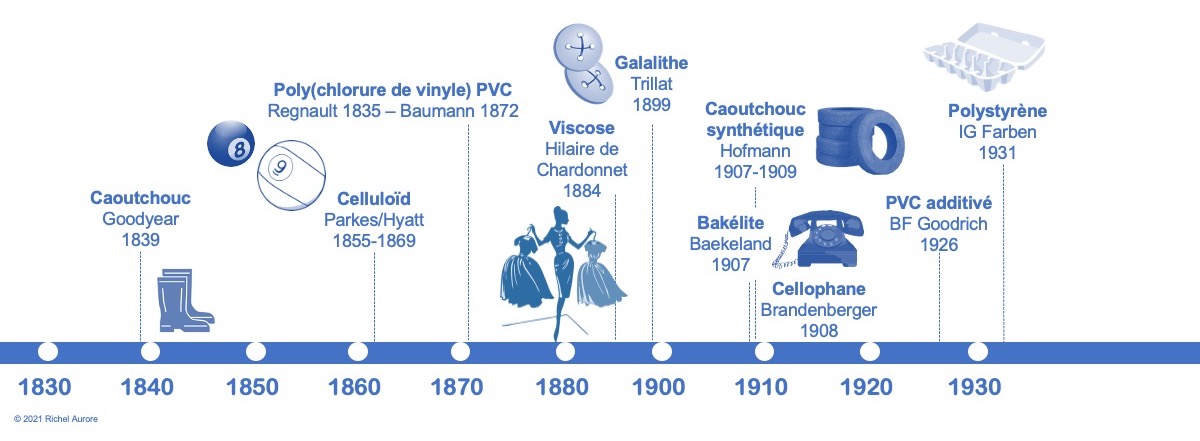
Figure 3. The first plastics (19th and early 20th century)
The second major development in the early production of plastics was the work of John Wesley Hyatt in 1855. This inventor developed a synthetic substitute for ivory (the supply of which had been blocked due to the Civil War) using chemically modified cellulose (a molecule that makes up all plants). This modified and stabilized cellulose was marketed under the name Celluloid as early as 1869, marking the first industrial manufacture of plastics (for a variety of uses ranging from the manufacture of billiard balls to the production of photographic film).
In addition to celluloid, cellulose is also the raw material for the production of another polymeric material still used today in the textile industry, namely viscose. Obtained in 1884 by Hilaire de Chardonnet, this material was intended to be a more « economical » substitute for natural silk. Galalith, a plastic material produced from casein (a protein extracted from milk) and used for the production of buttons, is also part of these plastic materials from renewable raw materials. Without putting a well-defined word on these plastics, the first chemists and industrialists already synthesized bioplastics, i.e., plastics resulting from renewable vegetable (or animal) materials.
It is to a Belgian chemist, Leo Baekeland, that we owe the changeover of plastics to a more industrial and more controlled era. By exploiting the combination of phenols with formaldehyde, Baekeland produced in 1907 a moldable plastic, which can take defined forms in a press whose pressure and temperature are controlled. This material will be marketed under the name of Bakelite. Combined with fillers such as wood or asbestos, the Bakelite resin (in sheet form) could be melted and molded quickly, reducing manufacturing time. The molded parts were smooth, heat and impact resistant, and resistant to most solvents. Because of its low conductivity, Bakelite was used for its insulating properties in the manufacture of telephones, switches, radios, etc.
This improvement in molding options – and thus in the definition of possible shapes, textures and applications of plastics – was accompanied in the early 20th century by another major development: the use of oil as the input of choice in industrial production schemes.
Oil: the revolution in the plastics industry?
The development of oil extraction techniques (drilling), associated with the opening of new markets, mainly automobile fuel, led in the 1920s to the positioning of oil as a choice raw material for industry. The improvement of oil refining techniques allowed the use of some oil fractions as fuels, while others were investigated for other uses. Among these uses, the use of the lighter (gaseous) fractions, including ethylene, for the production of polyethylene was one of the first industrial initiatives in this field in the 1930s (Figure 4). The plastics that were developed in the 20th century were, for the most part, produced from refined petroleum fractions. It is considered that 4% of a barrel of oil was used for the production of plastics up to 10 years ago, with the fuel, heating and energy sector accounting for about 86% of the uses.
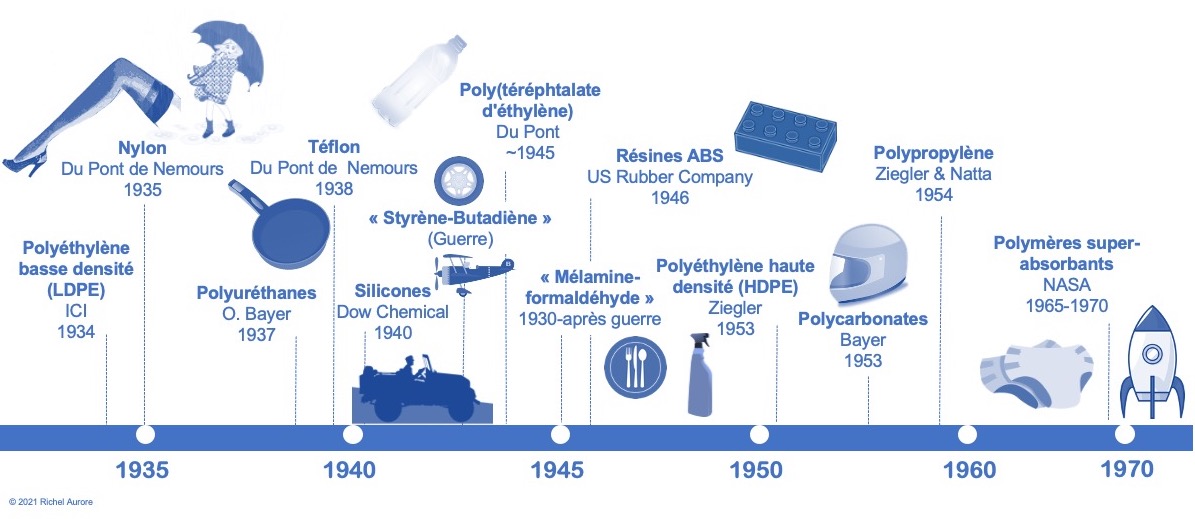
Figure 4. 20th Century Plastics Industry Milestones
Nylon, polyurethanes and Teflon were also among the plastics developed in the first half of the 20th century, just before World War II. Waterproof, abrasion resistant and elastic, nylon will gradually become established in the textile industry. Nylon can be molded, woven, and will find multiple applications over time, from textile manufacturing (stockings, raincoats, etc.) to the production of sheathing and cables. As for polyurethanes, they will allow the design of materials (often presented in the form of foams or adhesives) for applications that will progressively move towards the construction, furniture and insulation sectors. Teflon, a registered trademark for polytetrafluoroethylene, will be used for its heat resistance and non-stick properties as a coating for cooking elements.
The war years were marked by the development of a key material, styrene-butadiene resins (SBR). In the midst of the embargo on raw materials, including natural rubber for tire production, the U.S. developed this highly abrasion- and aging-resistant plastic for use in tire design.
After the Liberation in 1945, and with the 1950s, the so-called « mass consumption » and the diversification of the uses of plastics created an explosion in demand. The improvement of chemical catalysis techniques and the associated industrial processes will allow to obtain new materials (among which high density polyethylene or polypropylene) always cheaper and more available in large quantities. The plastics industry is gradually replacing more traditional industries such as paper, glass and wood for everyday applications. Light, flexible, easy to handle, and able to be colored, plastics are becoming key elements in the packaging sector or are moving towards more ‘high-tech’ applications such as electronics, aeronautics or medicine.
Figure 5 illustrates this surge in plastics production since the 1950s. On a global scale, production rose from 1.35 million tons at the end of the Second World War to almost 50 million tons in the 1970s. This production has not stopped increasing since the 80’s because of the demographic growth, the world demand for plastics which does not stop growing (and this, in spite of the environmental concerns) and the opening towards new markets. In 2020, it is estimated that more than 97% of the plastics generated in the world are derived from fossil resources (mainly oil). Bioplastics represent only 3% of the plastic supply.
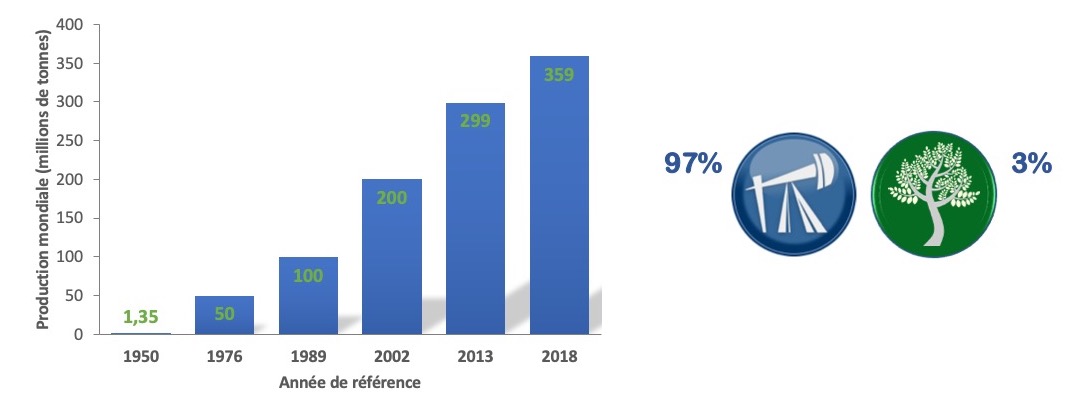
Figure 5. Evolution of global plastics production between 1950 and 2018.[5]
Awareness of the environmental footprint of certain polymer materials, either in their production phase from fossil resources (greenhouse gas emissions), or in their poorly managed end-of-life (microplastics, in particular), has gradually positioned industries and academies on research aspects aimed at designing materials from renewable and/or biodegradable (or compostable) resources. This eco-design approach is also helping to broaden the supply of plastics to alternatives considered more « ecological » by consumers, and to cope with the pressure on raw material flows, including oil, and the associated price volatility.
The 2000s: a new take-off for bioplastics?
Plastics from renewable resources, which have been known since the 19th century, seem to be back in the spotlight, supported by both economic and political initiatives. These plastics derived from renewable resources (such as vegetable matter, food or not, organic waste or carbon dioxide) are referred to as bioplastics. Positioned as alternatives to petroleum-based plastics, these bioplastics can be biodegradable, but this end of life is not mandatory for a plastic to benefit from the designation of bioplastic.
Indeed, beware, around this definition of « bioplastic » hovers various undertones that complicate the debate.
According to the official definition, bioplastics are plastics, produced in whole or in part from renewable resources, and / or can be biodegradable. This implies that petroleum-based plastics that are biodegradable also fall under the definition of a bioplastic…
Today, the scientific community recognizes 3 main classes of bioplastics. These classes are illustrated in Figure 6 (in green) and are positioned in relation to « traditional » plastic materials (in blue on the diagram) which are derived from fossil resources and are not biodegradable. Research efforts are unevenly distributed among these three categories of bioplastics and are essentially linked to fashion effects, commercial strategies and/or variable legislative incentives.
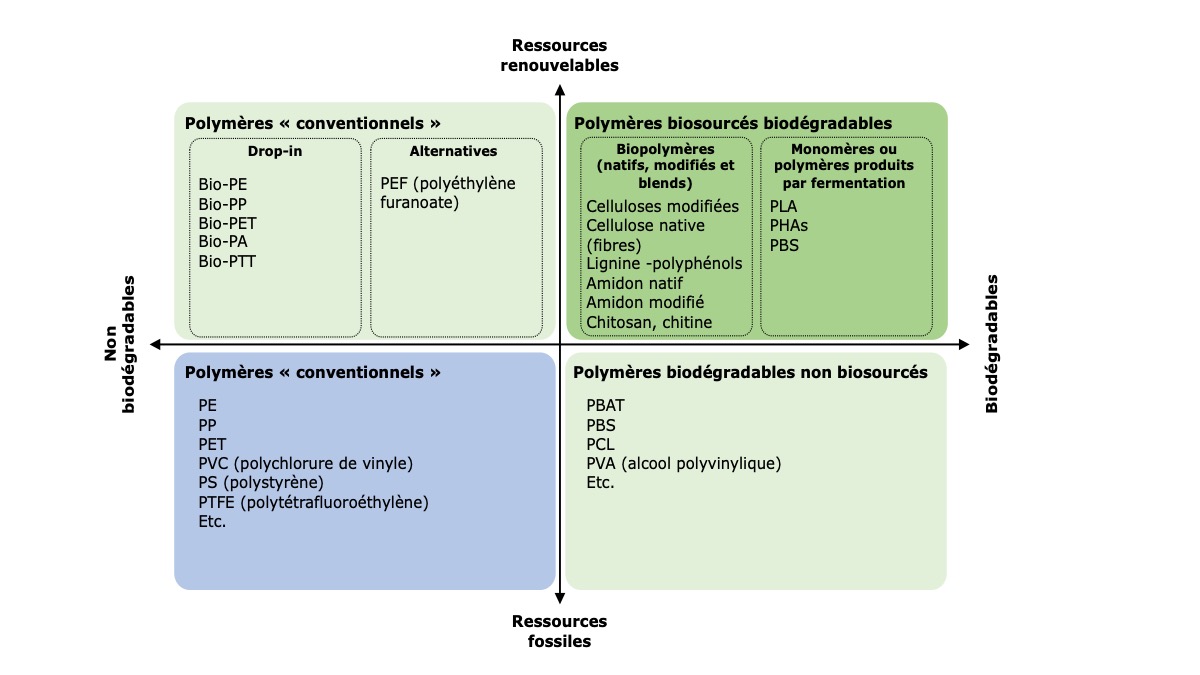
Figure 6. Main classes of bioplastics according to their origin (renewable or not) and their end-of-life (biodegradable or not). Materials derived from renewable resources only appear at the top of the diagram.
Biodegradable bioplastics (top right) are among the « oldest » bioplastics (these materials were already synthesized in the 19th century). These materials are obtained either by direct extraction of molecules present in plants and then chemical modification (as was already the case with cellulose for the production of celluloid) or by fermentation (and polymerization) of fermentable components contained in renewable plant resources (often rich in sugars).[6] These bioplastics are therefore often produced from renewable resources rich in carbohydrates such as starch, cellulose, sucrose, or glucose. In 2015, starch-based bioplastics alone accounted for nearly 50% of the total bioplastic supply, followed by PLA (polylactic acid), an industrially compostable biopolymer.
Vegetable protein-based plastics (soy, wheat and pea proteins) are also included in this category.
The materials resulting from the direct fermentation of carbohydrates such as PHA (polyhydroxyalkanoates) are also concerned. Their industrial production dates back to the 70’s, following the 1973 oil crisis, and these potential PHAs are intended to be substitutes to some petrochemical plastics such as polypropylene. [7]
If these materials have multiple advantages to seduce the consumer, such as a good biodegradability (some of these bioplastics are even able to decompose on a domestic compost), some technical performances are still inferior to conventional plastics for more specific applications. Moreover, the production cost of these bioplastics and/or the costs related to raw materials still position these bioplastics as more expensive than their petroleum-based counterparts. [8]
Bioplastics derived from renewable but non-biodegradable resources are those that have seen the most research efforts over the past 10 years. As these bioplastics are not biodegradable, their end-of-life is strictly analogous to conventional petroleum-based materials, i.e., on the one hand their persistence in the environment is identical, but on the other hand these bioplastics can be integrated into the traditional recycling channels.
Bio-polyethylene (also referred to as renewable polyethylene) is a polyethylene made from bioethanol, which becomes ethylene after a dehydration process. It can be made from a variety of feedstocks, including sugarcane or certain grains. PEF, which we already mentioned in a previous article, also belongs to this category. Biobased polypropylene (PP) is also booming with the development of new production methods over the last 5 years combining fermentation and chemical conversion. In 2019, biobased PP entered the market on a commercial scale and its production capacity is expected to quadruple by 2025 due to PP’s broad application fields.
In 2020, the production of biodegradable bioplastics (from renewable resources or petroleum) reached 1.227 million tons, for 884,000 tons of biobased but non-biodegradable bioplastics. The packaging sector (flexible and non-flexible) is the largest market for bioplastics with an annual production in 2020 that amounted to 998,000 tons, followed by the household goods sector (238,000 tons) and textiles (241,000 tons). Bioplastics such as PLA, bio-polypropylene and PHA continue to show the highest growth rate among all bioplastics.
What are the advantages of bioplastics?
If these bioplastics remain attractive on paper, their environmental impact is not systematically improved compared to traditional plastics. This must be assessed on a case-by-case basis, over the entire value chain, through an appropriate life cycle analysis.
For example, a recent study showed that the production of a 500 mL water bottle in bio-PET (from renewable resources) allowed a 12% reduction in greenhouse gases and an 82% reduction in fossil energy consumption. On the other hand, nearly 2 liters of water are needed to produce a bottle made of bio-PET, whereas water is hardly used in the production of « conventional » (petroleum-based) or recycled PET (Figure 7).[9]
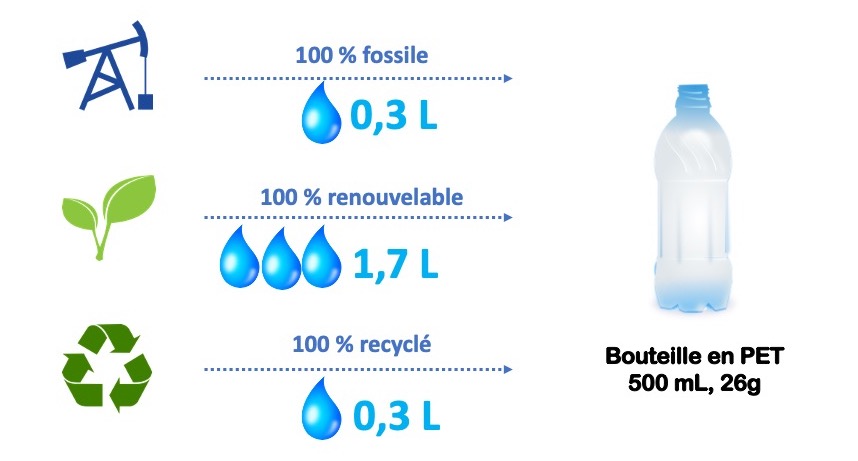
Figure 7. Comparison of water demand for the production of a 500 mL PET bottle as a function of feedstock origin.
The price of bioplastics brought to market also remains higher than petrochemical alternatives. The multiple production steps (whose yields are still low), the inherent price of plant-based raw materials, as well as the deployment of new logistics channels are the main reasons for these price differences.
Finally, the development of bioplastic channels is confronted with the more assertive and sustained implementation of conventional recycling channels. Many scientists are therefore studying the interest of producing new biodegradable bioplastics if recycled plastics can be reused.
What to remember?
Bioplastics are, even if they are the subject of innovative research, materials whose origins (even industrial) go back to the 19th century.
If these bioplastics are often derived from renewable resources, the official definition of these materials is unclear. Plastic materials produced from fossil resources such as oil are by definition also bioplastics.
Not all bioplastics are biodegradable. Some are in all respects similar to their petroleum-based counterparts. The environmental benefit of these materials must be evaluated on a case-by-case basis and on the whole value chain. The amount of water used to produce a bioplastic is also a component to consider. While water is not used in the synthesis of petroleum-based plastics, it is used extensively in the production of biobased alternatives.
In 2020, bioplastics will represent only about 3% of the global production of plastics. The production cost of these bioplastics remains high and technical performance must be improved. This point must be supported more widely by our public authorities in order to allow industries, academies and research centers to offer solutions that will be competitive and sustainable.
More information?
Do not hesitate to contact me via the following email address: a.richel@uliege.be or via the form available by clicking here.
Notes and references
[1] Source : Plastics Europe, 2019.
[2] Geyer, R.; Jambeck, J. R.; Law, K. L. Production, Use, and Fate of All Plastics Ever Made. Sci. Adv. 2017, 3 (7), e1700782. https://doi.org/10.1126/sciadv.1700782.
[3] Meikle, J. L. (1995). American plastic: a cultural history. Rutgers University Press.
[4] GUISE-RICHARDSON, CAI. “Redefining Vulcanization: Charles Goodyear, Patents, and Industrial Control, 1834-1865.” Technology and Culture, vol. 51, no. 2, 2010, pp. 357–387. JSTOR, www.jstor.org/stable/40647103. Accessed 9 Mar. 2021.
[5] Source : Plastics Europe, 2020
[6] J. Gonzalez-Gutierrez, P. Partal, M. Garcia-Morales, C. Gallegos, Development of highly-transparent protein/starch-based bioplastics, Bioresource Technology, Volume 101, Issue 6, 2010, Pages 2007-2013, ISSN 0960-8524,
[7] Meereboer, K. W.; Misra, M.; Mohanty, A. K. Review of Recent Advances in the Biodegradability of Polyhydroxyalkanoate (PHA) Bioplastics and Their Composites. Green Chem. 2020, 22 (17), 5519–5558. https://doi.org/10.1039/D0GC01647K.
[8] Narancic T, Cerrone F, Beagan N, O’Connor KE. Recent Advances in Bioplastics: Application and Biodegradation. Polymers (Basel). 2020;12(4):920. Published 2020 Apr 15. doi:10.3390/polym12040920
[9] Benavides, P. T.; Dunn, J. B.; Han, J.; Biddy, M.; Markham, J. Exploring Comparative Energy and Environmental Benefits of Virgin, Recycled, and Bio-Derived PET Bottles. ACS Sustain. Chem. Eng. 2018, 6 (8), 9725–9733.



